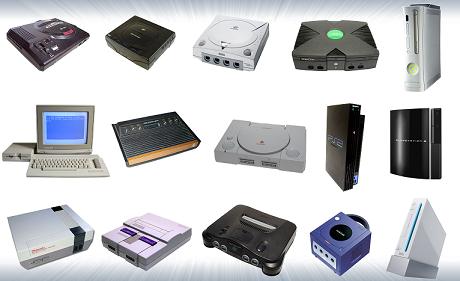The advertising medium refers to the means through which the advertiser can convey his message to audience. Proper selection of the media enables the advertiser to achieve the desired results. Hence, advertising media selection is vital for the success of an advertising campaign. An advertising medium is any object or device that carries the advertising message. It should be capable of accomplishing following three objectives: To reach the largest number of people possible. To gain their attention. To be less expensive. The character of the medium is largely determined on the objective and factual basis such as whether the coverage of the medium should be national, regional or only local. Factors Governing of Advertising Media Selection Selection of a suitableContinue reading
Marketing Strategies
Marketing Planning – Strategic Planning in Marketing
Businesses that succeed do so by creating and keeping customers. They do this by providing better value for the customer than the competition. Marketing management constantly have to assess which customers they are trying to reach and how they can design products and services that provide better value (“competitive advantage”). The main problem with this process is that the “environment” in which businesses operate is constantly changing. So a business must adapt to reflect changes in the environment and make decisions about how to change the marketing mix in order to succeed. This process of adapting and decision making is known as marketing planning. So, marketing planning is a plan involves designing activities relating to marketing objectives and attach withContinue reading
Geographical Pricing
Geographical pricing refers to the location at which the price is applicable. Geographical pricing strategy is influenced by a number of factors such as the location of the company’s plant, the location of the competitors’ plants and their pricing strategies, dispersion of customers, extent of transport costs, demand and supply conditions and competitive environment. In geographical pricing, there are generally two methods of price basis which are stated in the offers or quotations submitted by a seller to a buyer. These are: Ex-Factory: “Ex-factory” means the prices prevailing at the factory gate. When a seller quotes to a buyer “ex-factory price’, it means that the freight and transit insurance costs are to the buyer’s account. In other words, the sellerContinue reading
Case Study: Lifecycle of Video Game Consoles
The rise of personal computers in the mid 1980’s spurred interest in computer games. This caused a crash in home Video game market. Interest in Video games was rekindled when a number of different companies developed hardware consoles that provided graphics superior to the capabilities of computer games. By 1990, the Nintendo Entertainment System dominated the product category. Sega surpassed Nintendo when it introduced its Genesis System. By 1993, Sega commanded almost 60 per cent of Video game market and was one of the most recognized brand names among the children. Sega’s success was short lived. In 1995, Saturn (a division of General Motors) launched a new 32-bit system. The product was a miserable failure for a number of reasons.Continue reading
Case Study: Coffee Cafe Business in India
Starbucks started in Seattle in 1970 as a gourmet coffee retailer, selling fresh ground coffee beans to local coffee lovers. Starbucks CEO, Howard Schultz spotted an unfulfilled market need for cafes serving gourmet coffee directly to consumers. This proved to be a sound market penetration strategy and led to a large loyal consumer base. Read: Case Study of Starbucks: An Amazing Business Success Story Entrepreneurs in India discovered the romance of coffee at Starbucks and a few coffee chains, such as Barista, Cafe Coffee Day, and Qwiky’s have sprung up in metro cities. People of all age groups are extending enthusiastic welcome to this new entrant and drinking coffee like never before. Coffee lovers have always been lyrical about theContinue reading
Case Study of Avon: From Direct Selling to Direct Marketing
For years, Avon lady was a fixture in American neighborhoods. Selling door-to-door built Avon into the world’s largest manufacturer of beauty products. Avon operates in 135 countries and besides the cosmetics it also sells jewelry, home furnishings, and babycare products. Avon pioneered the idea of hiring housewives for direct selling cosmetics in the neighbourhood. But in 1980s, as millions of women began to work outside the home, the cosmetics maker’s pool of customers and sales representatives dwindled, and its sales faltered. By 1985, its profits were half what they had been in 1979. Consumer research showed that many women thought Avon’s make-up was “stodgy,” its gifts products overpriced, and its jewelry old-fashioned. So the company created a more contemporary lineContinue reading


